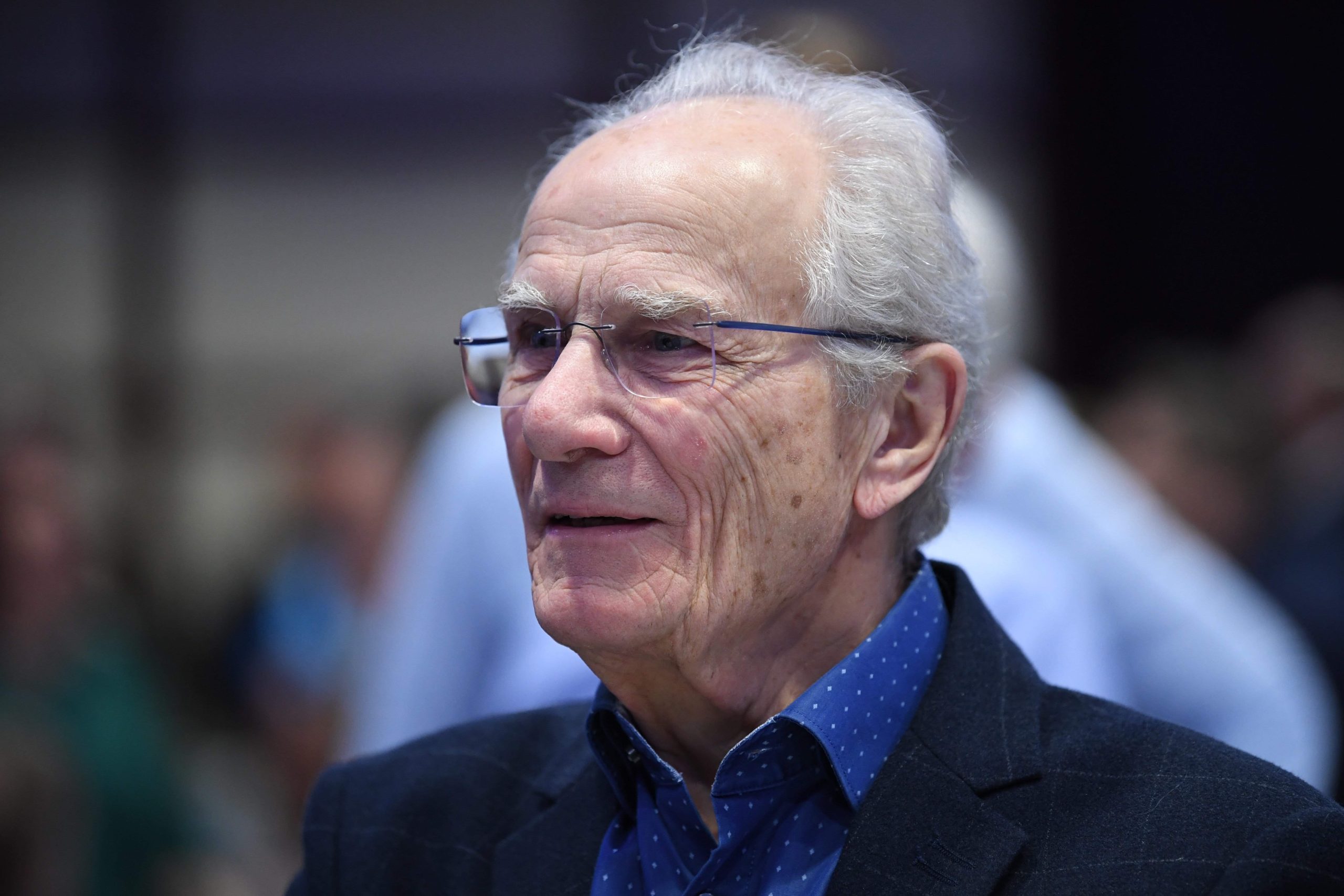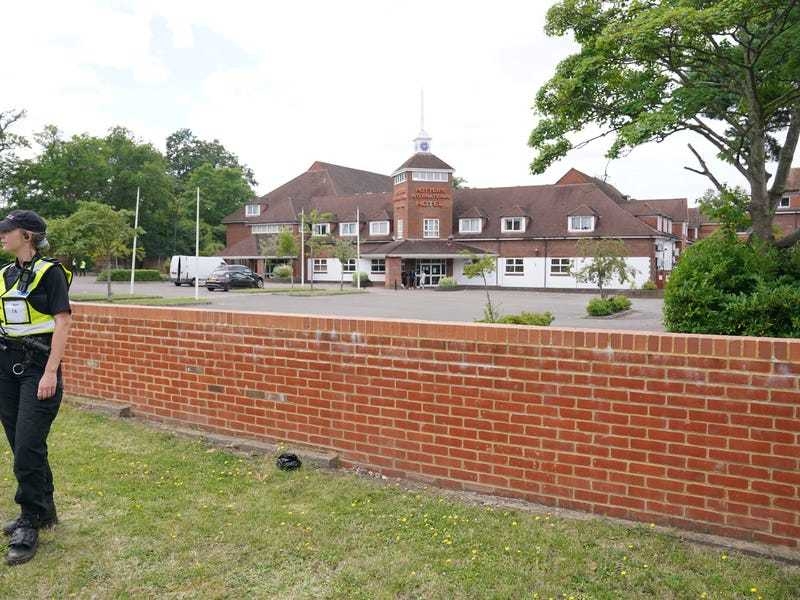By John Henwood
WATCHING the new government office block in The Parade emerge from its plastic wrapping, my thoughts were of the standard of modern architecture in Jersey.
When the plan for the replacement of “The Cyril” was published in 2021 it was criticised by the Jersey Architecture Commission – a government appointed advisory body comprising 11 experts, three of whom are local – who said it needed to be “momentous” and “deliver civic aspiration”. They wrote: “The Jersey character of the building needs to shine through [however] the approach is un-Jersey”. I am not at all sure what, in this context, un-Jersey means when one considers some of the indifferent-to-awful structures to rise in recent years. Sadly, typical Jersey building design has been bland and unimaginative. One yearns for something recognisable as a “landmark” structure.
Now that we can see the new Dandara-built government offices naked and real, as distinct from an artist’s impression or computer simulation, what do we think of it? I do not claim to be an expert, but I was imbued with an interest in architecture by Rob Julier, an art master under whom I studied for a few years. After leaving Jersey he became an institution at Blundell’s School inculcating a love of art and architecture into generations of students until his death at 90 in 2019. He taught me that one does not need to be an expert in architecture to have a view, but it helps if you understand it.
In my view the government’s new home is not a landmark building; not a beauty, but certainly not a beast, and it is very much better than many. It is big without being overbearing; modern without being avant garde; impressive without being extravagant; plain without being unduly dull. In short, it is how a government building should look – businesslike. And if it’s not the “momentous” structure the JAC wanted, so much the better. Such a building would have cost more without necessarily improving its functionality. The “civic aspirations” to which they referred should be found within and not on the façade.
By contrast, what, I wonder, does the JAC think of the structure that has risen at The Limes site on the Route du Fort? For me, it is an example of much of what is wrong with newer local buildings which, it often appears, try to offend no one – especially not the planners – and end up pleasing nobody. It is one of those structures that looks pleasing enough as a computer simulation, with the mandatory surrounding trees as part of the streetscape, but in reality is awful – a beast. It looks like they started with one type of brick and ran out, so they carried on with different colour, then ran out again. Along with the mis-matching brick panels the balconies are in a paint colour that is best described as sludge and then, as if to make up for all the shortcomings, they have attached rectangular panels of what looks like graffiti, but probably qualify as the building’s “percentage for art”. I’m sure it will provide modern, comfortable homes, so badly needed, but the exterior is of the type the King, in his younger days, might have described as a carbuncle. The firm which designed it is responsible for some fine buildings, but this is not one of them.
The financial district continues to expand and perhaps the best thing to say about the building design is that it is better than that originally conceived by Hopkins Architects, who were appointed as advisors to the late Freddy Cohen, then Planning and Environment Minister. It was he who set up the Jersey Architecture Commission and imposed the percentage for art scheme which, in many cases, has been much better in concept than execution. The late Senator Cohen was also responsible for a huge number of buildings being listed, many of them of questionable merit. The first drawings of the financial district showed a set of square identical buildings with little aesthetic value. Part of the problem was the imposed uniformity of height. Why, I wonder, do we have such a strong aversion to having some taller buildings. In this instance a mix of lower-rise with some taller examples would have produced a more appealing streetscape without diminishing financial returns.
Hopkins were also key in the preparation of the North of St Helier Master Plan in 2009. Along with a local architect and a landscape consultant they were to prepare a three-dimensional masterplan for the northern part of St Helier. I wonder what happened to that? We do know that, of the seven States members appointed to the North of Town Masterplan Political Group, only the Constable of St Helier is still in the States. The north of our capital from Bath Street, which bears the blemish of the former Odeon opposite Millennium Park, to the ring road there is much work to be done, but, as we learn from the would-be masterplan, politicians are here today and gone tomorrow, too few of them look much beyond their term of office so not much gets done, but it is a part of our Island that could become an icon of how good older buildings – and there are a few – can be complimented by outstanding modern design.
Where does the problem of indifferent building design begin? I’m inclined to think it is with the planning system which, as we know, is slow-to-interminable and very expensive. We should not be too surprised that those whose role it is to design our buildings eventually fall into conforming with what has worked with a very conservative Planning Department in the past and have become worn down trying to innovate only to have to go back to the drawing board. Let’s be bold enough in the forward planning of our town to be innovative; there may be mistakes along the way, but a bit more go-for-it will result, in time, in a more pleasing built environment.






